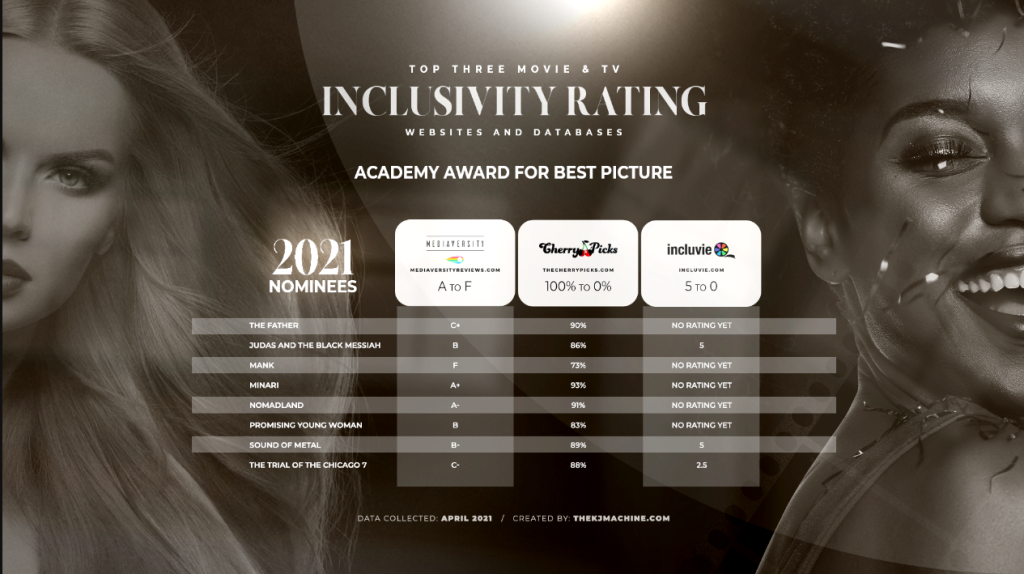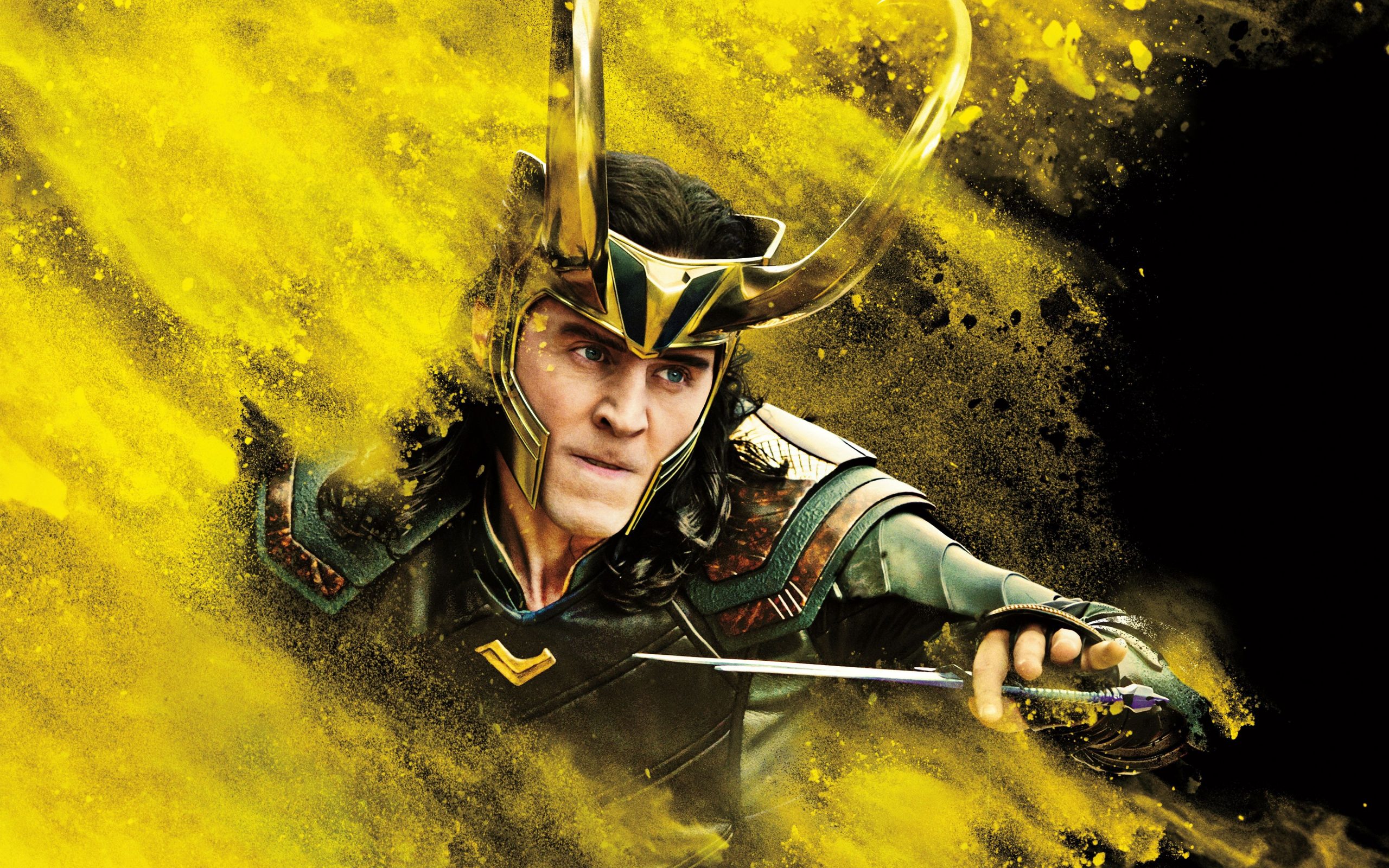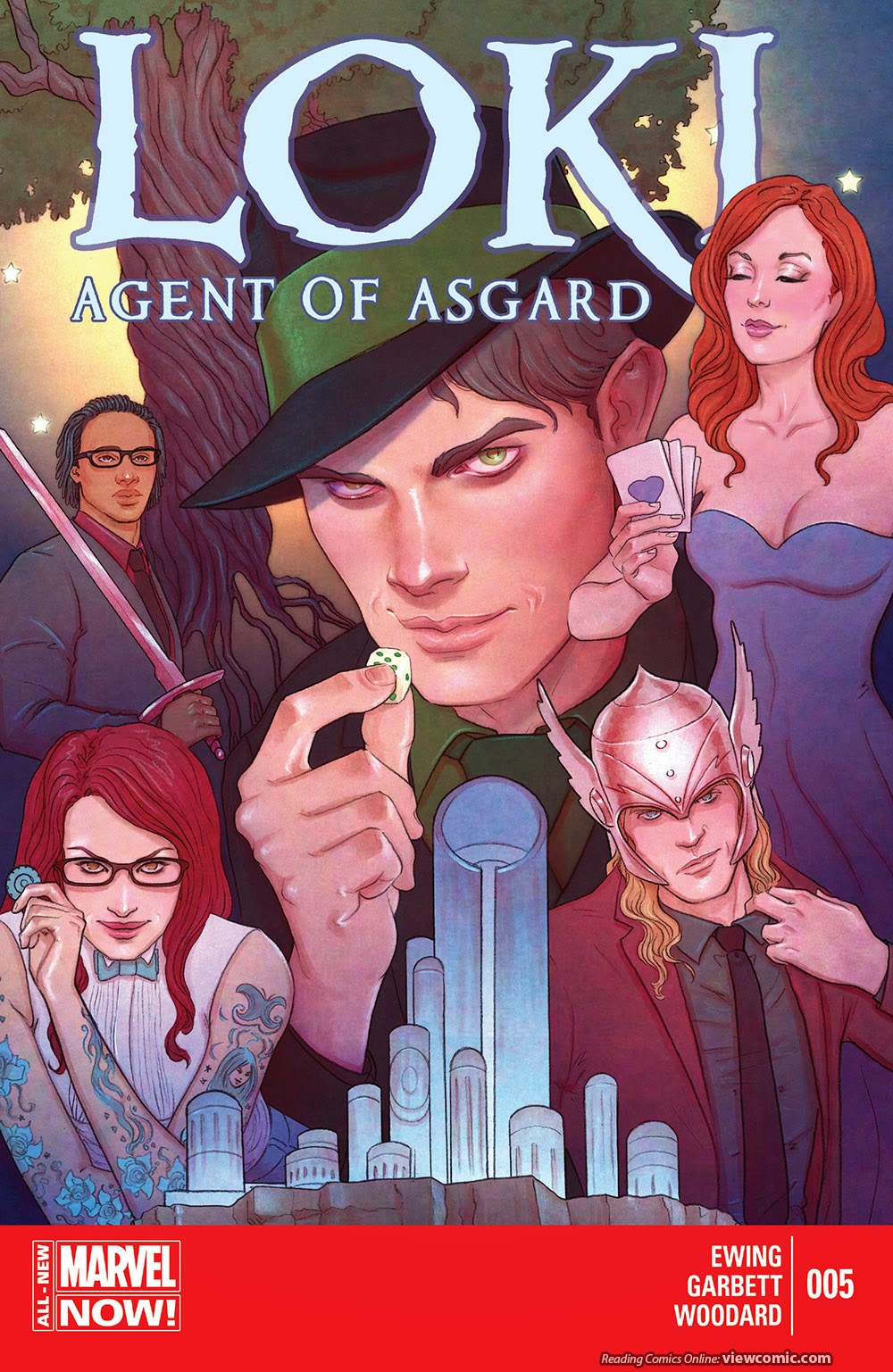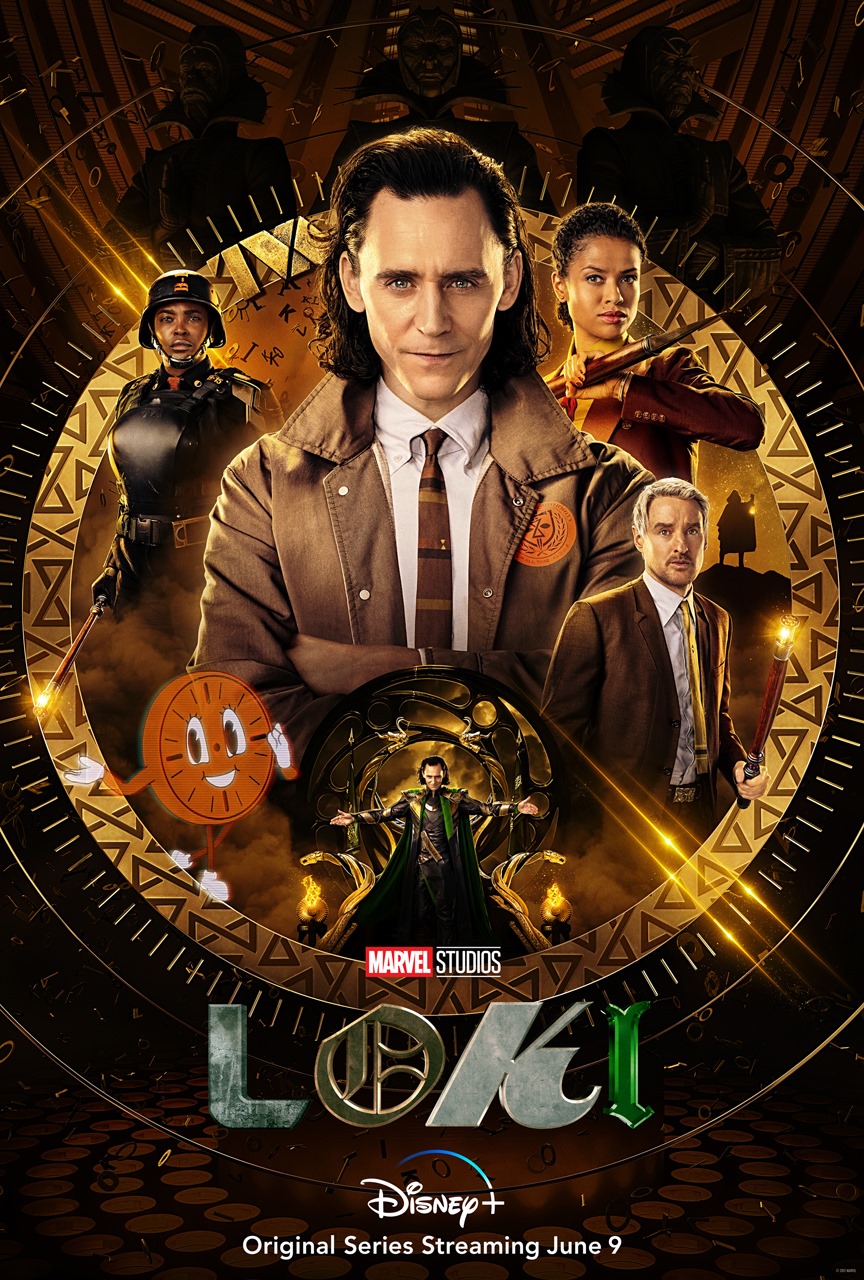36
“I really hate the word ‘diversity.’ It suggests something … other. As if it is something … special. Or rare. Diversity! As if there is something unusual about telling stories involving women and people of color and LGBTQ characters on TV.vI have a different word: normalizing. I’m normalizing TV. I am making TV look like the world look.” American TV producer, screenwriter, and author Shona Rhimes, from her speech “You Are Not Alone” at the Human Rights Gala in 2015
Diversity, Representation, and Inclusion in Media
Media and film go far beyond being forms of entertainment. Through their way of storytelling, they play an enormous role in the way we understand and shape our culture. How inclusive are the current industries, and how much do they put across in terms of diversified content?
In a generation with peaking technology and social culture, we’ve spent most of our time in front of televisions, laptops, and mobile phones from the day we began to walk. We’ve grown up watching and absorbing information and have built ourselves a personality from everything we’ve heard, seen, and listened to. Television shows, movies, etc. are more than just merry forms of entertainment; they’re a possible perception of what or who we can become. The representation of marginalized groups is very scarce, especially in the western media. This includes women, people of color, body shapes and types, LGBTQIA+ (Lesbian, Gay, Bisexual, Transgender, Queer/Questioning, Intersex, and Asexual) community, and differently-abled persons. There has been a steady increase in diversity in media, but progress has been long and slow. Most of the time, it is inaccurate, leaving the community with fewer role models. We need a social culture that’s inclusive of people from different races, gender, sexuality, class, ability, and culture, allowing everyone to be recognized as entirely human.
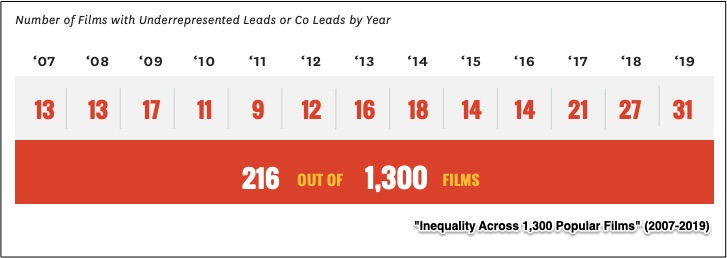
In the last thirty years, we have witnessed immense changes in the world of media. This can be seen in many forms of representation and none more than representing the LGBTQIA+ community. No longer relegated to the realms of innuendo and secrecy, we now see lesbians, gays, bisexuals, and transgender people represented on television and in mainstream film. People who identify as queer see their reflections on screen in a primarily positive light: stable, employed, charming, attractive, well-liked, and successful. And yet, there remain many challenges. Some of them include stereotypes of gay men being portrayed as promiscuous, flashy, flamboyant, and bold, while the reverse is often true of how lesbians are portrayed. Media representations of bisexual and transgender people tend to either completely erase them or depict them as morally corrupt or mentally unstable. This happens not just in the Hollywood industry but all over the world. The media commonly misinterpret gay and lesbian families because society frequently equates sexual orientation with the ability to reproduce. As well, gay and lesbian characters are rarely the main character in movies; they often play the role of stereotyped supporting characters or are portrayed as a victim or villain in action movies and as the flamboyant best friend in Rom-Coms. LGBTQIA representation lacks child-related entertainment, making it difficult for kids of a younger age to discover themselves if they feel infatuated with people of the same gender. The LGBTQ community has been targeted time and again by marketers and studios as a way to mint cash in the name of representation. They are often used as props to spice up the storyline—this is seen in various shows in recent times like Riverdale or Chilling Adventures of Sabrina.

Creators often tend to shy away from representing non-binary and asexual characters in their shows. This happens because people find it very difficult to not process and conceptualize gender as performative. In this case, non-binary gender in the media attributes legibility and coherence to that concept. Since there is a lack of repetition or multiple productions of representation of non-binary gender in the media, that absence will continue until such a time when there are more repeated representations of non-binary gender in the media. The lack of asexual representation can be attributed to the fact that people often view it as a “lack” of something, making it difficult for money-minded marketers who look forward to seeing spice on-screen to give them proper representation. Therefore, when it comes down, characters who identify themselves as non-binary or asexual are often not the main characters or the focus of storylines or tend to be framed around a mindset of needing to be fixed or changed.
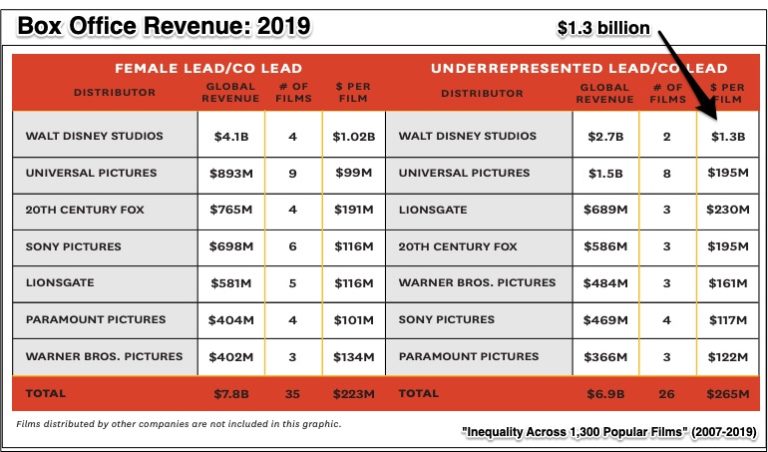
Seeing the people of the LGBTQIA+ community in the media has brought about more acceptance. Before this, most people had rigid stereotypes and conflicting opinions on inclusivity. This caused an enormous amount of misrepresentation in film and media. Many artists have come out of the closet in recent times, making it easier for regular people struggling with their sexuality. To accept themselves and feel confident about their identities. Even with all the misrepresentation, some movies and shows portray the love trope for the LQBTQ+ community beautifully.
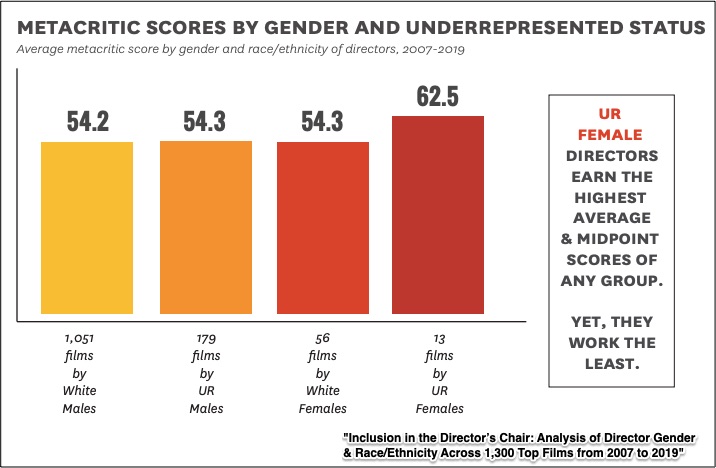
Racism has defined the Hollywood film industry since its birth in the early 1900s. Job exclusion and racially stereotyped roles have put the Asian community behind the Caucasian race by twenty years and the African community by almost fifty years. Asian characters in the early days of Hollywood mostly appeared in the form of racist cliches — either as mysterious, menacing villains or as laughable caricatures. Sometimes, this role was given to entirely white American actors, making it an example of Yellowface: a non-Asian person impersonating an Asian person. Though it has been decades since Yellowface has been seen on screen, the stereotypes relating to Asians, in general, haven’t died down. We can see much of it as Asian teenagers in TV shows are usually portrayed as nerds interested in pursuing careers in STEM fields. Similarly, many Asian adults are described as store owners or people who know Martial Arts. The misrepresentation can go as far as tearing up the heritage of a nation and Asians in general.
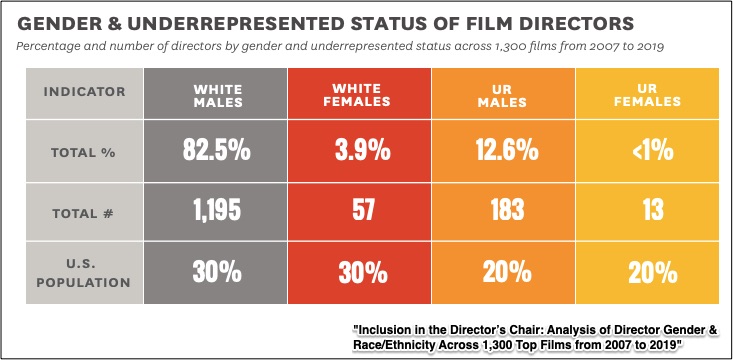
Like the Asian community, the African-American community has also suffered discrimination and under-representation in Western Media. The presence of African Americans in major motion picture roles stirred controversy decades before Hattie McDaniel played Mammy, the house servant, in Gone with the Wind in 1939. For years after that, Hollywood tended to avoid casting African-American actors. Instead, they chose to use Blackface. This meant people of White descent used make-up to act as characters intended for darker skin tones, and it became a popular form of entertainment. Blackface let Hollywood use different characters without actually having to employ anyone with a darker skin tone. This craze died down in the late 1940s because of its connotations with bigotry and racism. According to Sue Jewell, an urban sociology researcher, there were typically three main archetypes of African-American women in the media. The Mammy— coddling old lady, the Sapphire— short-tempered emasculated figure, and the Jezebel— one woman who fits into the Caucasian beauty standards. According to Sue, these historical stereotypes have persisted throughout history and influenced more modern stereotypes. These new stereotypes include the welfare queen, the gold digger, and the video vixen. The first is characterized by her sexual promiscuity and schemes for getting money, the second for her exploitation of good-hearted men, and the third for her sexual promiscuity.
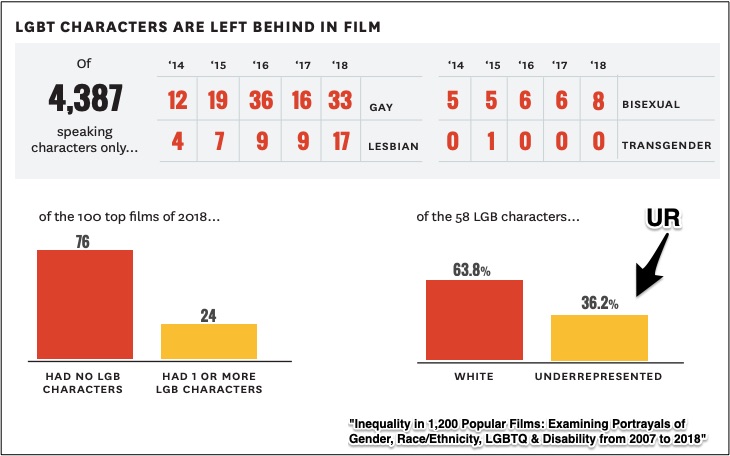
Today, African-American actresses and actors are more common on the screen, but they are still scarce as main characters in bigger blockbuster movies. Studio executives explain this by reasoning that African-American themes risk being too narrow in their appeal to justify investments. Nonetheless, Hollywood has shown an interest in recent years to bank more heavily on African-American actors and themes. Many actors such as Zendaya, Will Smith, Oprah Winfrey, and Samuel L. Jackson have been able to make a name for themselves and bring up the representation ratio for younger actors. Even Marvel—predominantly known for having All-American Heroes is working towards creating representations. It is evident through the stellar blockbuster Black Panther released in 2018. The movie turned out to be one of Marvel’s top-grossing films at that time. To this day, black men are often portrayed as scary or angry and black women as loudmouthed and sassy. If a movie features one token black character, it’s likely to be the black best friend. And, if people die in a film, the black character is still expected to go first. Even with awareness of racial stereotypes rising, Hollywood persists with these tropes.
A strong and positive representation can help fight and break down stereotypes that can be detrimental to individuals and limiting to society. It adversely affects the way others see them when a group of people is only ever represented negatively. Diverse representation also opens up new and better opportunities. For example, there is a specific lack of acting opportunities available to non-white actors simply because scripts insist on white characters. Inclusivity in scripts creates varied roles, which create more opportunities for non-white actors. And when this diversity goes a step further, beyond tokenism, it also opens the door for more exciting and complex roles for all actors and creates a safe space for every community.
The State of Diversity, Representation, and Inclusion in Media
At a world population of over 7 billion people, it is undeniable that our earth is home to a unique array of various, different individuals. Enter the film industry, which is arguably one of the most impactful creative mediums, seeing as it both reflects and shapes our society and culture. For a long time, however, the film industry has grappled with diversity and inclusivity issues, causing many to criticize Hollywood for not including, portraying, and accurately representing the diversity of our planet. As a result, Hollywood pledged to increase representation in film and media, but recent studies are telling a different story.
Gender:
-
In 2019, only 34% of all speaking characters across 1,300 films were girls and women.
-
Nearly every film in 2019 failed to include even one girl or woman who was American Indian/Alaskan Native, Native Hawaiian/Pacific Islander, or Middle Eastern/North African.
-
Upwards of 70 movies did not feature a single Latina, and over half were missing Asian women or girls.
-
One-third did not include any Black female-identified characters, and 45 were missing Multiracial/Multiethnic girls and women.
-
Only 14 of the 100 top movies in 2019 featured a gender-balanced cast.
Race/Ethnicity:
-
At the center of storytelling, we have witnessed an all-time high for underrepresented characters. Despite this surge, people from minority racial/ethnic groups are still being pushed to the sidelines, with only 15.7% Black characters, 7.2% Asian characters, and 4.9% Hispanic/Latino characters.
LGBTQIA+:
-
LGBTQIA+ characters remain left behind. Of the top 100 films in 2019, 78 featured no LGBTQIA+ individuals, and 94 featured no female-identified LGBTQIA+ individuals.
-
All four transgender characters appearing in top films were irrelevant to the overall story and had a mere total of 2 minutes of screentime.
Disability:
-
Less than 2.5% of all speaking characters in 2019’s 100 top-grossing films had a disability.
Behind the Camera:
-
As studies have repeatedly shown, lack of inclusion on screen is a result of exclusion off-screen. Across 1,518 content creators, women occupied less than one-fourth of the top leadership positions.
-
In 2019, out of the 112 directors, 80.4% were White, and barely 20% were from underrepresented racial/ethnic groups.
After taking into account the findings of these studies, it is unquestionable that the need for diversity in the film industry is more vital than ever, especially considering how significant of a role cinema plays in today’s culture. Also, films act as a source of inspiration for many. Darnell Hunt, a director of African American studies at UCLA, stated, “We’re pretty confident that, the more TV you watch, the more media you consume, the more likely it is that media ― almost like radiation ― builds up, and the accumulated effect is to make you feel that what you’re seeing is somewhat normal.” Assistant director Ana- Christina Ramón added, “What you see often becomes a part of your memory and thus a part of your life experience.” To explain, as people live their childhoods, they often look up to and aspire to be like the role models they see on TV, in movies, and in the media. These role models teach and encourage their supporters to love and respect themselves for who they are. However, what about all the children who grew up without role models that looked, felt, thought, and acted like them? For these individuals, recognizing, accepting, and celebrating their differences is, as a result, made that much more difficult. For society as a whole, appreciating and respecting the various identities people can have is made that much more difficult too.
Ultimately, when we go to the theatres, we hope to relate, see, and recognize ourselves and parts of our lives in the films we watch. We want to feel represented. We want our experiences to feel seen, heard, and valued. Therefore, growing up and being able to see someone who represents you on-screen is crucial. When Hollywood intentionally prevents people belonging to minority groups from obtaining leading movie roles or, instead, casts them in a derogatory/stereotypical manner, this results in harmful outcomes that further hinder authentic on-screen representation and contribute to the inaccurate generalizations of marginalized communities.
Now, while on-screen diversity is paramount, what occurs behind the camera is just as, if not more, important as well. By ensuring that underrepresented groups receive a seat in writers’ rooms and within directors’ chairs, we prevent the limiting and exclusion of their stories. All in all, we require more storylines that feature women, non-hetero characters, individuals with disabilities, and people of different races, ethnicities, and ages. With a diverse group of people taking the helm behind the scenes, we can share and learn more about these many experiences on-screen.
Has Hollywood made any progress?
Gratefully, we have seen historic changes regarding diversity and inclusion during recent years, thanks to groundbreaking and award-winning movies such as Black Panther, Crazy Rich Asians, Wonder Woman, Into the Spider-Verse, and Coco.
In these movies, filmmakers displayed representation in an accurate, empowering, and non-stereotypical light. These motion pictures showcase and portray the experiences of typically underrepresented people with the help of fictional role models who prove to viewers that anybody can accomplish their dreams and be successful, regardless of their gender, race, age, sexual orientation, or disability. These films encourage numerous onlookers to think, “Yes, someone like me can achieve this.”
Wonder Woman, for example, is the highest-grossing live-action movie entirely directed by a woman. Wonder Woman not only features a superheroine, which is contrary to the typical superhero, but it showcases plenty of strong female supporting characters. This movie highlights the value of gender diversity on-screen and off-screen and has inspired countless women and girls across the globe, reminding them that there are no limits to their aspirations.
Additionally, these movies give viewers the chance to realize that people and their experiences are more complex and intricate than the stereotypes society has repeatedly used to confine them. Overall, diversity brings in more success, promotes inclusion and acceptance, attracts a bigger audience, and teaches us that everyone deserves to tell their story. This is why we need diversity and representation in the film industry.
In closing, despite the remarkable progress we have witnessed, the film industry still has significant room for improvement and a long way to go. Of course, the road to achieving diversity will not be easy, but one thing for sure is it will be worth it. After all, unity is our strength, and diversity is our power.
